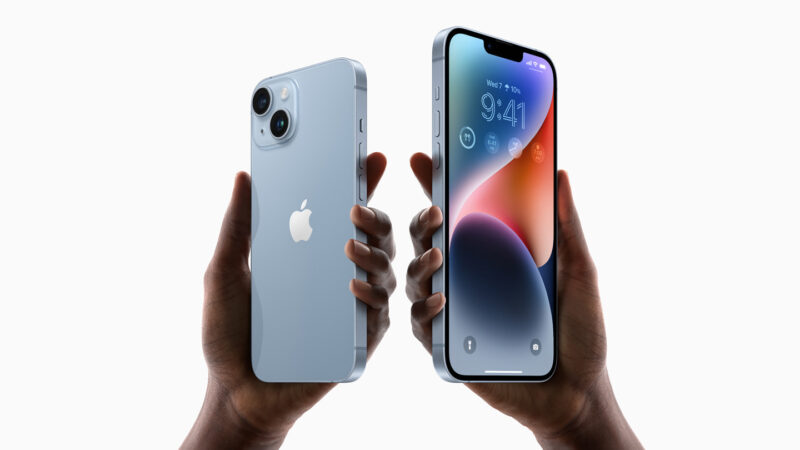Apple’s iPhone 14 incorporates an “Emergency SOS via Satellite”

Apple’s ambitions for extra access vectors in its iPhones may not stop at emergency access, and might offer the maker of the iconic phone the chance to get still more control over connectivity.
The tech giant’s recent event unveiling the iPhone 14 incorporated an “Emergency SOS via Satellite” feature powered by provider Globalstar, which lets the phone connect to emergency services even if outside of cellular or Wi-Fi range.
That may just be the start of connectivity ambitions for Apple, according to FT Lex. “Just as the company has begun to use more of its own chips to increase autonomy over hardware manufacture, Apple may hope that satellites will give it more control over connectivity. The result could be direct competition with wireless carriers such as AT&T.”
Talk of powering an Apple service has pushed Globalstar stock up 56% in 2022. And Apple’s cash will help cover the large-scale front-end investment in launching satellites, Lex notes. (Apple also has warrants to acquire up to 2.64% of Globalstar’s outstanding stock, in return for the ability to control 85% of network capacity).
Going beyond emergency service to more standard phone service could bring another source of recurring revenue, Lex notes: If just 1% of U.S. iPhone users decided to pay $100 a month for satellite access, that means $1.5B in incremental annual Apple revenues.
Apple wouldn’t be the only one looking to normalize satellite-to-phone communications. T-Mobile has a deal to connect its phones to Starlink, whose boss Elon Musk has also said he’s talked to Apple; OneWeb has partnered with AT&T; Verizon has teamed up with Amazon on the prospect; and Nokia is working with AST SpaceMobile as the latter company pursues direct satellite-to-common-phone connections. apple.news
